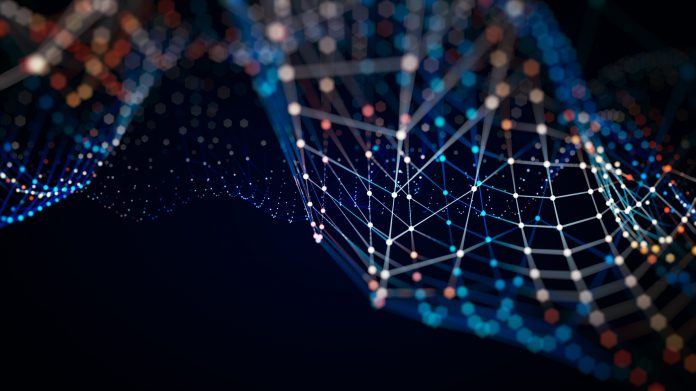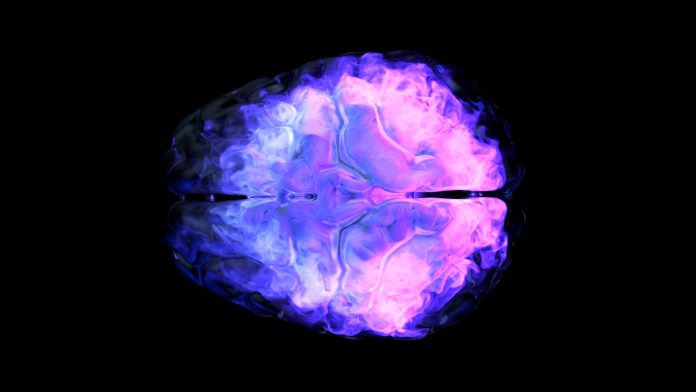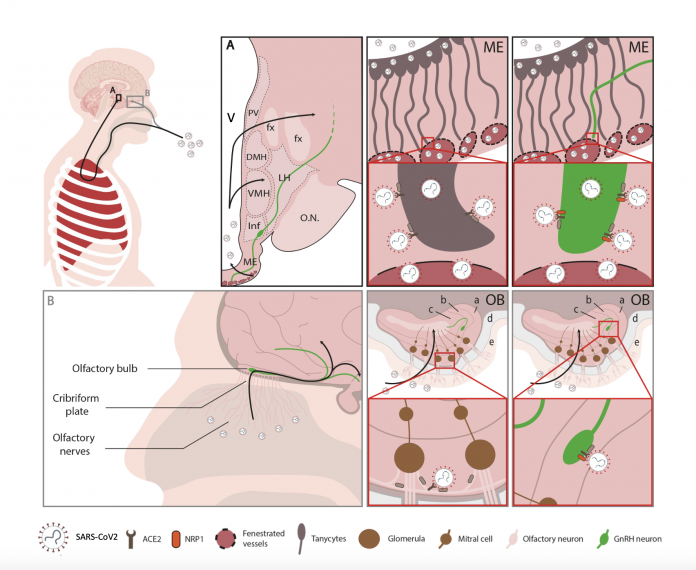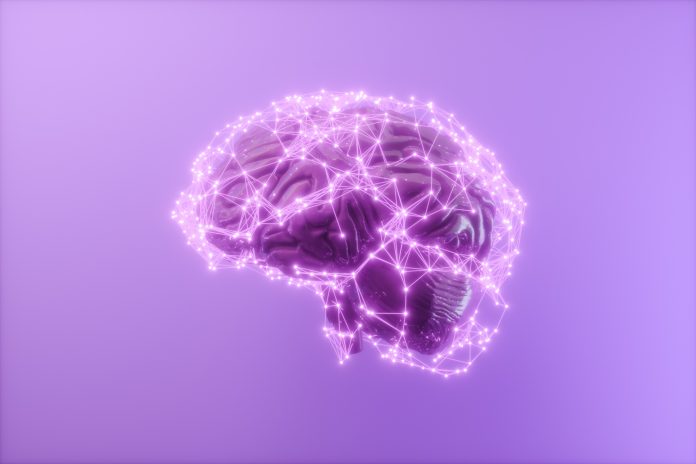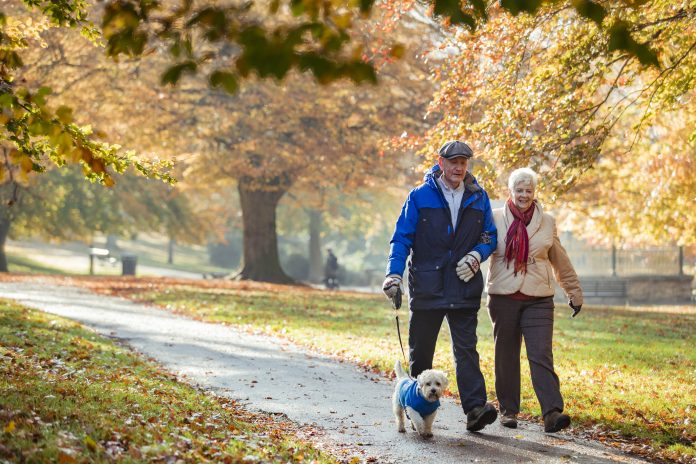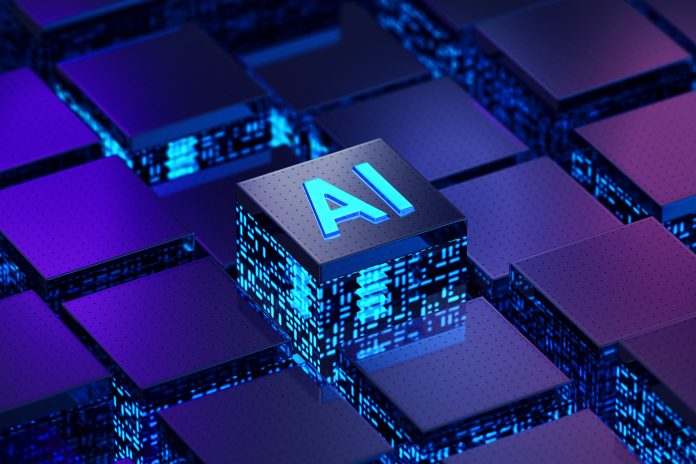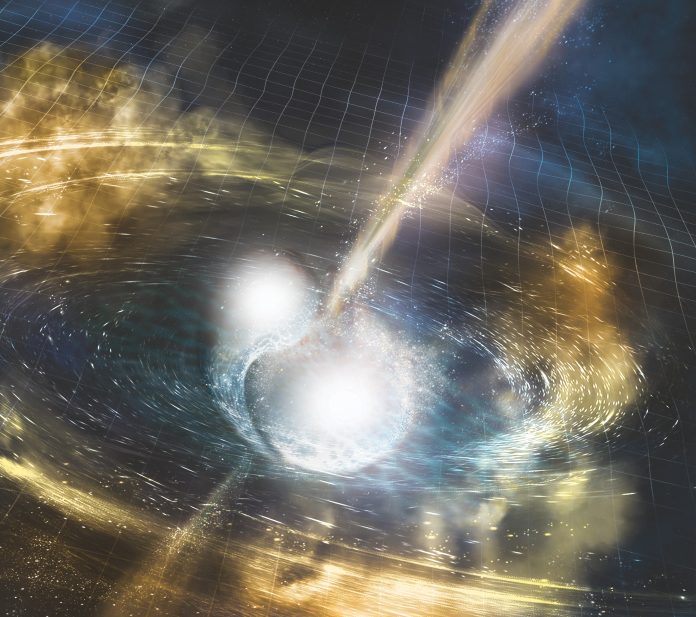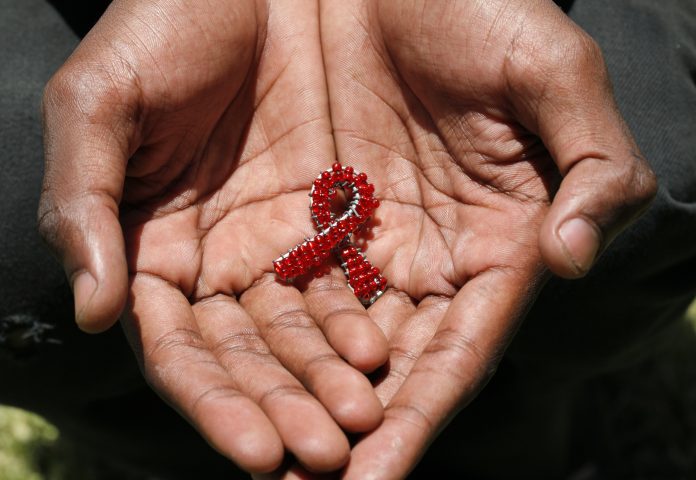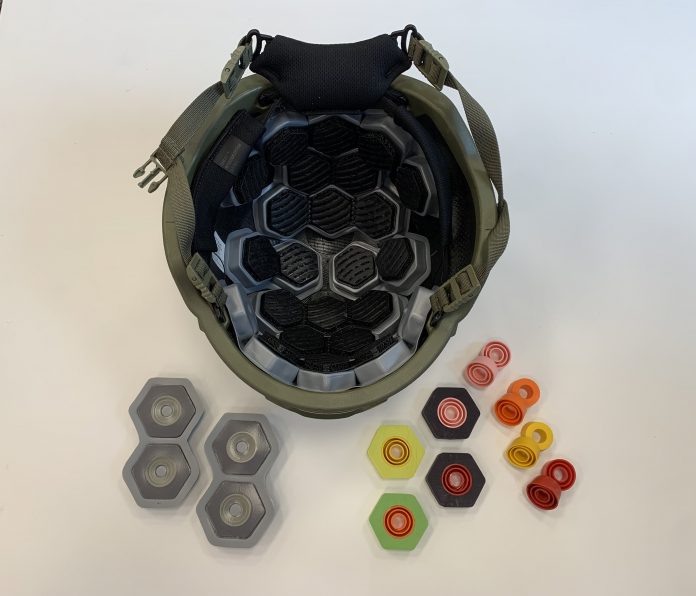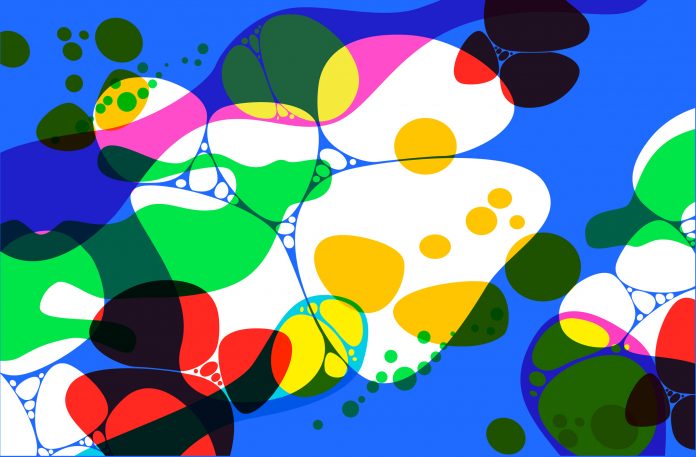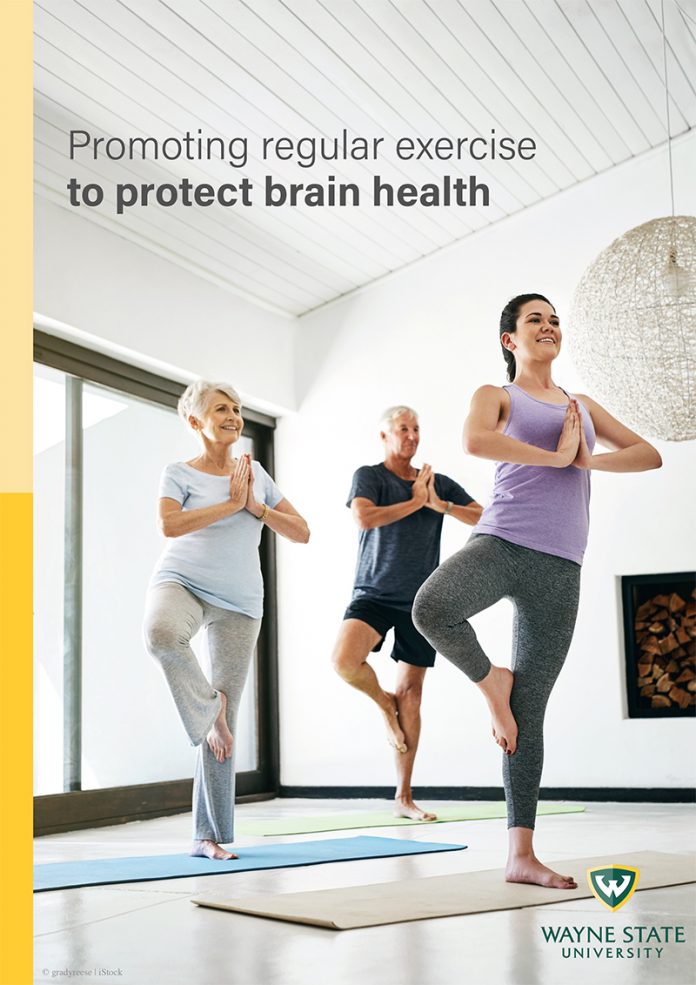Home Search
AI - search results
If you're not happy with the results, please do another search
Barb MacQuarrie – Centre for Research & Education on Violence Against Women & Children
Barb MacQuarrie, the Community Director at Western University's Centre for Research and Education on Violence against Women & Children, specializes in research and education on gendered violence prevention. She led the first Canadian national study in 2014 on domestic violence impacts at work, collaborating with the Canadian Labour Congress...
Dr. Adriana Berlingieri – Centre for Research & Education on Violence Against Women &...
Dr. Berlingieri is an organizational consultant, facilitator, and researcher. Her professional and scholarly interests are centered on harassment and violence at work. Dr. Berlingieri has extensive professional experience in senior positions in the areas of learning and development within organizations in an array of sectors internationally.
As an Associate at...
Can AI create antibiotics combating drug-resistant bacteria?
Researchers have used Artificial intelligence to kill methicillin-resistant Staphylococcus aureus (MRSA).
Would you trust AI to predict your future life events?
Artificial intelligence (AI) model, life2vec, is capable of predicting life events, including estimating the time of death, by analysing health data.
Understanding brain plasticity: The secrets behind daydreaming
Mice offer valuable insights into the mysterious world of daydreams and their potential impact on brain plasticity.
Brain infection by SARS-CoV-2: Lifelong consequences
The WATCH team, founded to elucidate the role played by specialized brain cells called tanycytes in various physiological processes, has been investigating how and where the SARS-CoV-2 virus infects the brain, and some long-term consequences of this neuro-invasion.
Prioritising brain health in Europe and beyond
With the growing burden of brain disorders, it is more important than ever to ensure the necessary approaches are available; the European Brain Council discusses the priorities for supporting brain health and research in Europe and beyond.
Tourism redefined in sustainable Helsinki: The epitome of smart and sustainable travel
Helsinki, a sustainability powerhouse, emerges as a global leader in smart tourism. Boasting a top-ranking for sustainable travel, Helsinki pioneers carbon neutrality, community engagement, and innovation, setting the stage for a green urban future.
SFP: Leading sustainable change in commitment and performance
Dr Michael (Mike) Beer, Professor Emeritus at Harvard Business School, highlights the impact of SFP and the rudiments of leading sustainable change in commitment and performance.
Heat pumps and urban heating as a cornerstone of sustainable cities
In this revolutionising urban heating focus, we learn about Qvantum’s Apartment Heat Pump, the cornerstone of sustainable cities.
Space weather and rail safety: The threat to signalling systems
The impact of space weather on signalling systems is a rare threat to rail safety. Cameron Patterson and Professor Jim Wild from Lancaster University sheds light on a potential threat.
Daily exercise linked to prolonged life in inoperable lung cancer
A life-extending link has been discovered between minimum physical activity and inoperable lung cancer.
A new AI model outperforms ChatGPT in tests
All you need to know about Google's new AI model, Gemini, and why it outperforms ChatGPT a year after it was realised.
Towards generalised pairs trading strategies through AI
Here, we learn about Professor Chien-Feng Huang’s interdisciplinary research at the National University of Kaohsiung in Taiwan, concerning the move towards generalised pairs trading strategies through artificial intelligence.
What remains when two neutron stars collide?
Distinguished Professor Susan M. Scott and Dr Karl Wette from the Australian National University examine what remains when two neutron stars collide in this exciting gravitational astrophysics focus.
Reflecting on 35 years of progress and challenges on World AIDS Day
World AIDS Day 2023 marks the 35th anniversary of global efforts to raise awareness and combat the HIV/AIDS pandemic.
Advanced brain injury detection and protection
The U.S.-based PANTHER program is pioneering a physics-based approach to TBI for quantitatively and deterministically linking the physics of a head insult to the resulting biological injury response. Christian Franck and Alice Lux Fawzi discuss.
Will psychedelic research and the ‘psychedelic renaissance’ create another generational divide?
Erika Dyck, Canada Research Chair in History of Health & Social Justice at the University of Saskatchewan, discusses changing attitudes to psychedelics and the challenges in forming a strong evidence base from available psychedelic research.
Promoting regular exercise to protect brain health
Regular exercise is a critical step in maintaining healthy physiology and ensuring healthy aging. However, there are many diseases and conditions that make exercise inaccessible or reduce its efficacy. The Wessells lab studies exercise and the pathways it works through to identify key molecules required for a proper exercise response.





